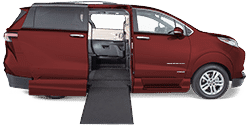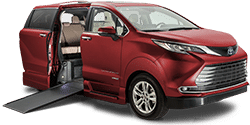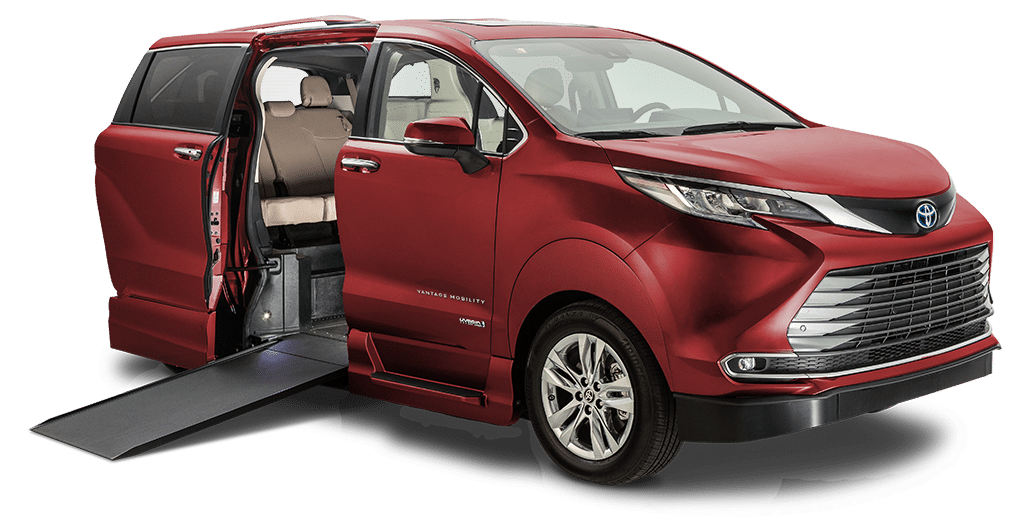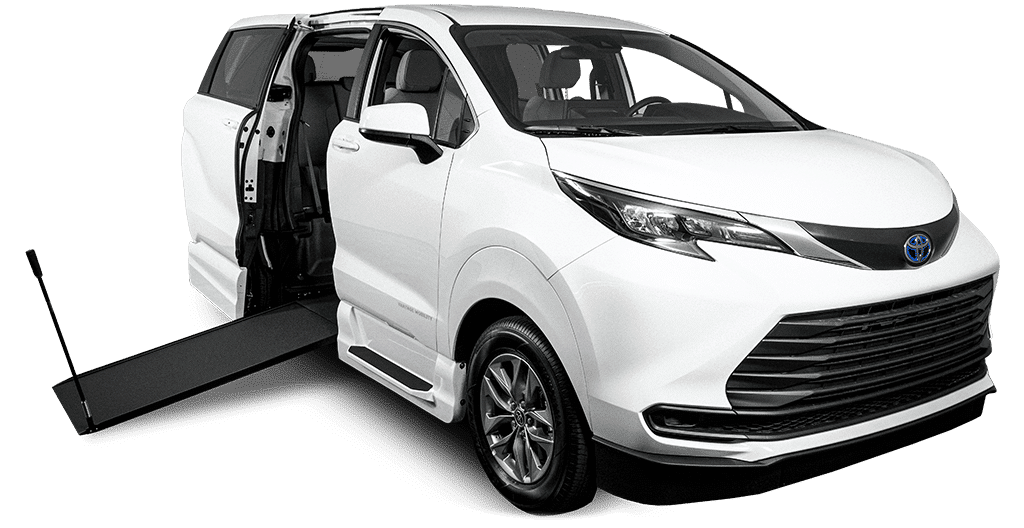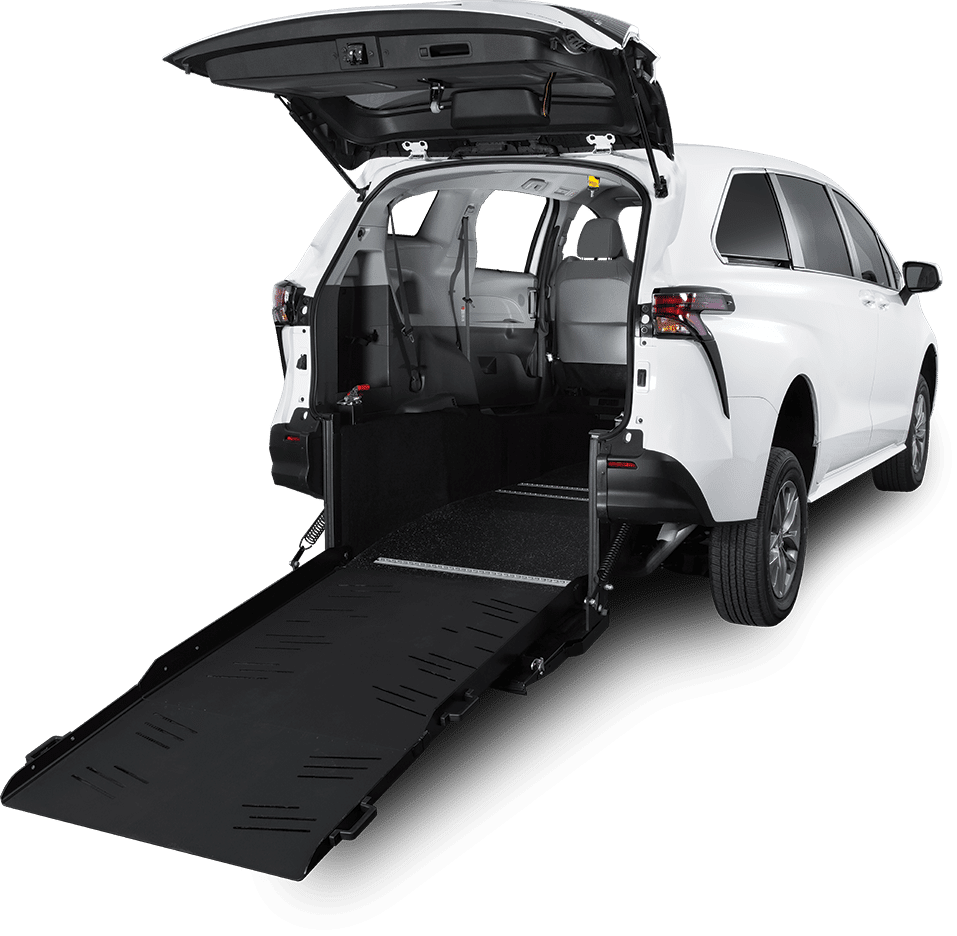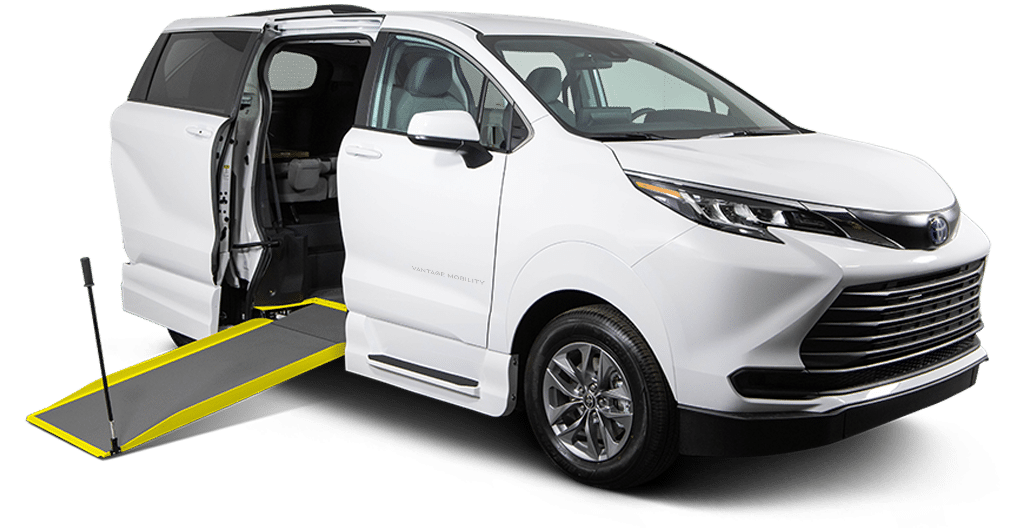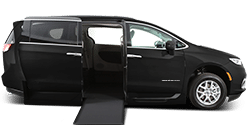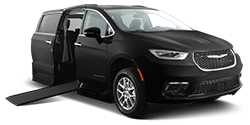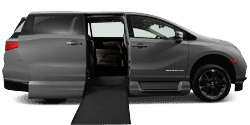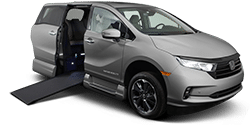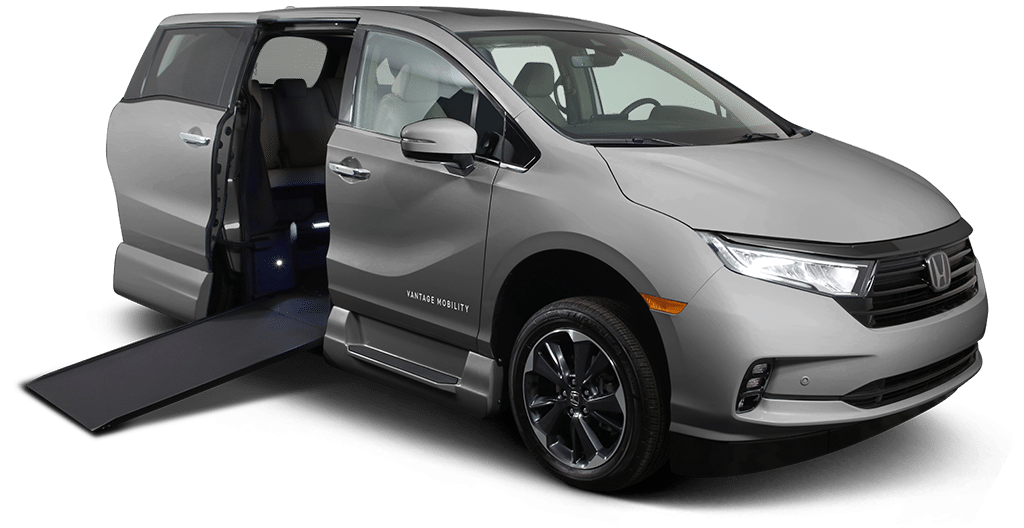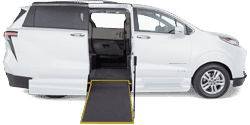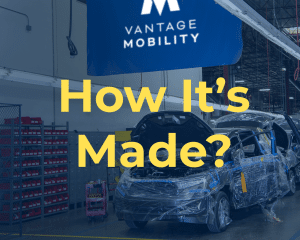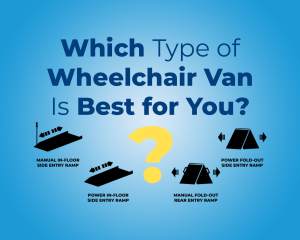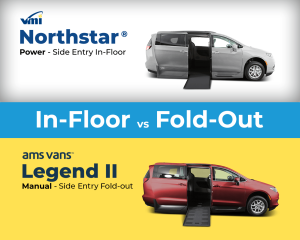Left a paraplegic by a roadside bomb in Afghanistan two years ago, retired Marine Jack Pierce vows not to let his disability leave him in life’s slow lane.
Pierce applies that attitude to pretty much everything, including. right now, his summer vacation. Pierce plans to drive his wife and two-year-old son a tour of national parks and monuments in their 2012 Ford F-350 Super Duty pickup, towing a fifth-wheel RV trailer specially outfitted for his needs. And tethered to the trailer will be a three-wheel motorcycle that lets him drive in his wheelchair.
“You can get out on the road and feel the wind in your hair,” says Pierce, 38, of Belton, Texas. “You’re not stuck in your house. You can get out in your RV and take your medical supplies with you.”
Wounded vets such as Pierce are a challenge for the industry that converts vehicles to accommodate people in wheelchairs or with other disabilities. After seeing sales grow for ramp-outfitted minivans to serve an aging population, converters now are having to think young.
They are using innovation and design savvy to create vehicles for a new group of customers, veterans, mostly men in their 20s and 30s, determined to live life as much as they can without concession to their disability — including in their choice of vehicles.
“Independence is the key, being able to function as normally as possible,” says Dave Hubbard, CEO of the National Mobility Equipment Dealers Association trade group.
Younger buyers “are looking for alternatives,” he says, driven in large part by a desire not to be seen as disabled. They want vehicles that look like those typically driven by others their age, without obvious signs of modification to handle disabilities.
To meet those demands, a Phoenix-based minivan outfitter, for instance, has dressed up a ramp-equipped Honda Odyssey with smoked glass, custom wheels and a body kit to make it look hipper, more urban and more like a sport utility vehicle.
The disabled transportation industry also is looking beyond vans and minivans for new ways to modify any vet’s vehicle of choice with equipment needed for wheelchairs.
“The industry has been slow to respond, to tell you the truth,” says Bill Lawson of Woodward, Okla., president of Paralyzed Veterans of America. “This stuff should have been done years ago.”
Vets who like pickup trucks now can get a system with a lift chair to get them into the cab and a crane that stows their wheelchair in truck’s bed. One company even modifies a pickup with a sliding driver door and lift that lets quadriplegics drive in their wheelchairs, rather than having to shift into a truck seat.
There even are modified motorcycles:
A British inventor created a three-wheel BMW bike with a ramp and platform between rear wheels for riders in wheelchairs.
While aging Boomers and their parents are the largest market for the estimated 10,000 to 15,000 converted vehicles sold each year, veterans have become a sizable group of customers. For instance, Winamac, Ind.-based Braun, which makes special vans especially for handicapped persons and sells mobility equipment for people in wheelchairs, says about 25% of its business comes from disabled veterans.
The Veterans Administration gives disabled vets purchase allowance of $18,900 (raised last year from $11,000) for a vehicle and pays most of the costs involved in outfitting it to accommodate a disability, typically about another $15,000 to $25,000 for a paraplegic driver in a wheelchair, according to conversion companies.
Minivans still dominate market:
The majority of conversions remain minivans — not sexy, but the most practical for creating wheelchair access. They offer space, low floors readily modified for ramps and load capacity for the extra up to 300-pound weight of a motorized wheelchair.
And they don’t have to look dowdy. VPG Autos, a Miami-based converter of vans for the disabled, says some buyers are customizing its MV-1 van for a more macho look. VPG Chairman Fred Drasner says that what a focus group of younger wheelchair users liked about the vehicle is that “it looked like an SUV.”
Phoenix-based Vantage Mobility International has gone a step further to offer a Honda Odyssey minivan already customized with black paint and a more sinister look to see if it would appeal to younger customers.

VMI 25th Anniversary Limited Edition Honda Odyssey
After installing the ramp and other accessibility features, Vantage sent the van to Designer Auto Accessories in Mission Viejo, Calif. The $12,000 makeover that included 20-inch custom wheels, a blacked-out grille, darkened windows, two-toned inserts in the seats and other touches that would be “what younger guys would like,” says Gary Disney, owner of the customizer.
The black van is being displayed at trade shows, where it’s “creating quite a stir,” says Vantage CEO Doug Eaton. He plans to build 25. “I don’t think it’s going to create a tipping point for volume, but it’s going to bring people in the market.”
Sleek custom sheds van stigma:
One fan of the black van is Stephen Willoby, an Air Force bomb disposal specialist left quadriplegic by a 2007 shallow-water diving accident. “The sleek look of the Odyssey is very appealing,” says Willoby, 29, who lives near Phoenix. “There is not the stigma of the minivan.”
But as much as he wanted one, he recently chose one of Vantage’s Dodge Grand Caravan conversions. He needed its hydraulic power steering, rather than Honda’s electric, for a device that makes steering even easier. Still, the black Odyssey shows the company is “one the right track,” Willoby says.
“You can get out on the road and feel the wind in your hair,” says Pierce, 38, of Belton, Texas. “You’re not stuck in your house. You can get out in your RV and take your medical supplies with you.”
Wounded vets such as Pierce are a challenge for the industry that converts vehicles to accommodate people in wheelchairs or with other disabilities. After seeing sales grow for ramp-outfitted minivans to serve an aging population, converters now are having to think young.
They are using innovation and design savvy to create vehicles for a new group of customers, veterans, mostly men in their 20s and 30s, determined to live life as much as they can without concession to their disability — including in their choice of vehicles.
Pierce plans to drive his wife and two-year-old son a tour of national parks and monuments in their 2012 Ford F-350 Super Duty pickup, towing a fifth-wheel RV trailer specially outfitted for his needs. And tethered to the trailer will be a three-wheel motorcycle that lets him drive in his wheelchair.
“You can get out on the road and feel the wind in your hair,” says Pierce, 38, of Belton, Texas. “You’re not stuck in your house. You can get out in your RV and take your medical supplies with you.”
Wounded vets such as Pierce are a challenge for the industry that converts vehicles to accommodate people in wheelchairs or with other disabilities. After seeing sales grow for ramp-outfitted minivans to serve an aging population, converters now are having to think young.
Read full USA Today article – click here

